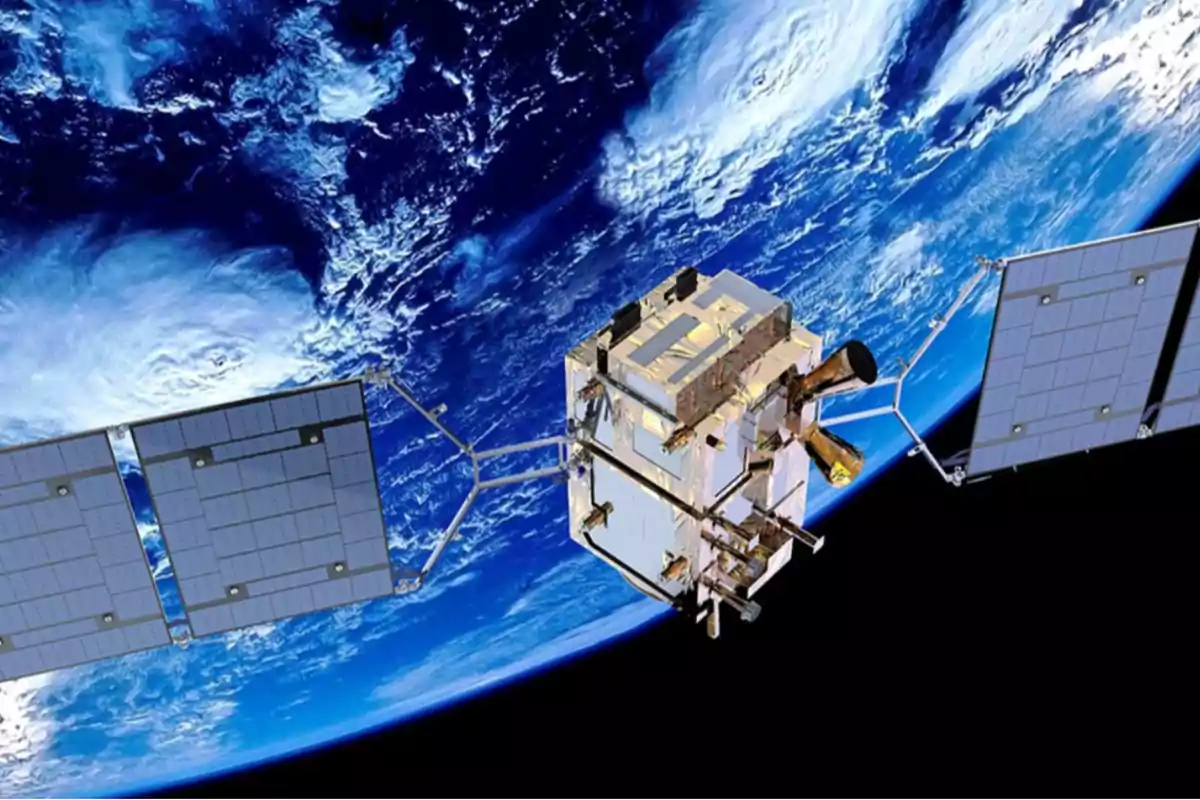
The James Webb Telescope revealed clues about the origins of Jupiter and Earth.
Two exoplanets observed by James Webb reveal clues about the formation of Jupiter and the Solar System
Two giant exoplanets observed by the James Webb space telescope gave science a unique window to understand how planets form.
One showed silicate clouds in its atmosphere and the other a circumplanetary disk that could give rise to moons, similar to Jupiter.

What did James Webb discover in the YSES-1 system?
A team led by Kielan Hoch from the Space Telescope Science Institute analyzed the YSES-1 system, with surprising results.
Thanks to James Webb's power, they managed to study in detail two young planets orbiting a star similar to the Sun.
The findings allow scientists to observe in real time how a giant planet forms. In addition, they provide data to compare with the evolution of the Solar System.

The key is in the atmosphere
With James Webb's spectroscopic tools, scientists detected silicate clouds in the exoplanet YSES 1-c.
These are particles similar to sand that leave a unique mark in the infrared spectrum. It is the strongest silicate absorption ever seen in an exoplanet.

This detail is not minor: it allows scientists to understand how the atmosphere of these young bodies behaves and their chemical composition.
A distant solar system that explains ours
The exoplanets of YSES-1 are several times larger than Jupiter and are far from their star. That makes them ideal for direct observation.

They are so hot due to their recent formation that they emit heat detectable in the infrared, which makes it easier to study their atmospheres.
Comparing these worlds with the Solar System helps scientists understand how planets change over time and what processes we share with other systems.
The scientific value of the discovery
The data provide information about the formation of giant planets, their composition, and the initial conditions that might have existed in our own solar system.

As Evert Nasedkin, co-author of the study, summarized: "This system gives us a unique view of atmospheric physics and the formation of distant giants."
More posts: